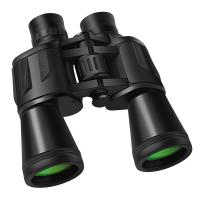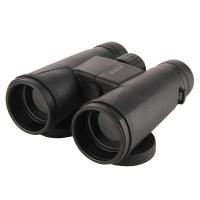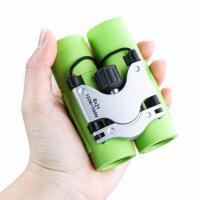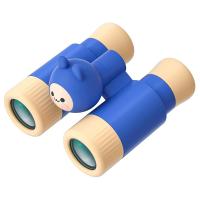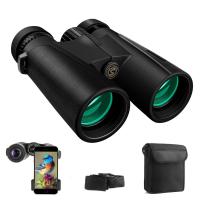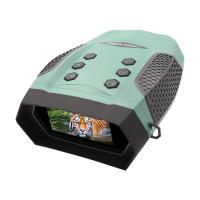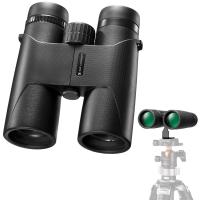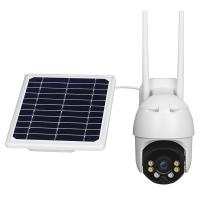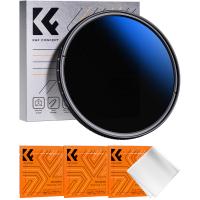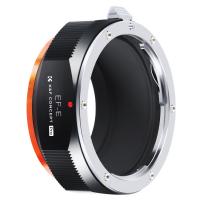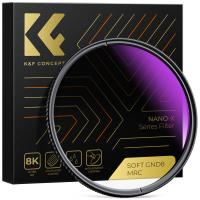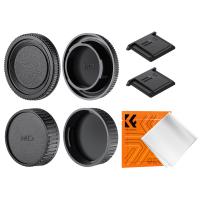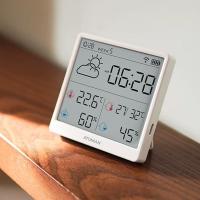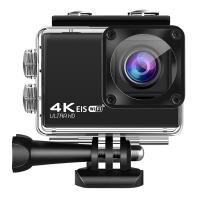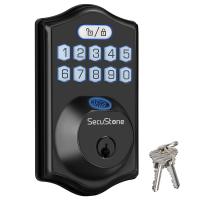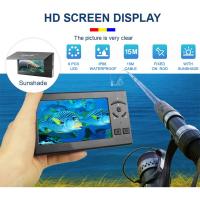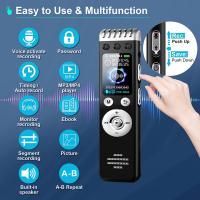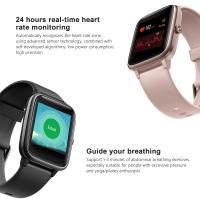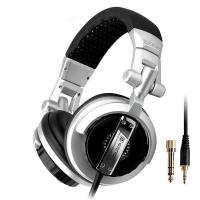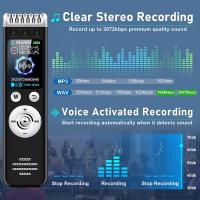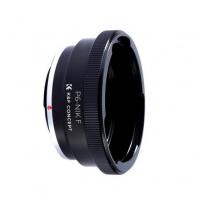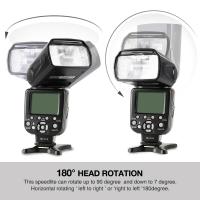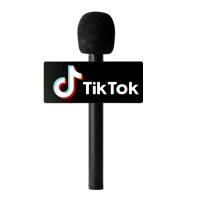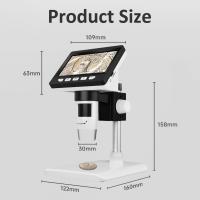Which Binoculars Are Best For Birding?
Birdwatching, or birding, is a popular hobby that requires a keen eye and the right equipment. Among the essential tools for birding, binoculars stand out as the most critical. Choosing the best binoculars for birding can be a daunting task given the plethora of options available in the market. This article aims to guide you through the process of selecting the best binoculars for birding by addressing the key factors to consider, the top models available, and practical tips for making the most of your birding experience.
Key Factors to Consider When Choosing Binoculars for Birding

1. Magnification and Objective Lens Diameter
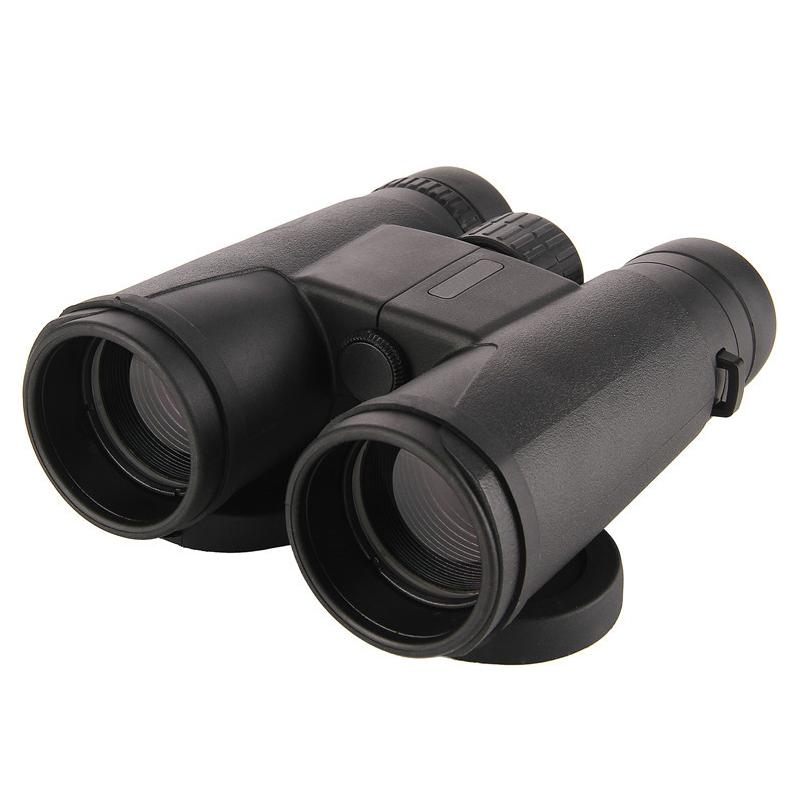
The first numbers you’ll encounter when looking at binoculars are the magnification and the objective lens diameter, typically written as 8x42 or 10x50. The first number (8x or 10x) represents the magnification power, while the second number (42 or 50) indicates the diameter of the objective lens in millimeters.
- Magnification: For birding, an 8x or 10x magnification is ideal. An 8x magnification provides a wider field of view, which is beneficial for spotting and tracking birds. A 10x magnification offers more detail but can be harder to stabilize without a tripod.
- Objective Lens Diameter: A larger objective lens (42mm or 50mm) allows more light to enter the binoculars, resulting in a brighter image. However, larger lenses also mean heavier binoculars. A 42mm objective lens is a good balance between brightness and portability.
2. Field of View

The field of view (FOV) is the width of the area you can see through the binoculars at a specific distance, usually measured in feet at 1,000 yards. A wider FOV is advantageous for birding as it makes it easier to locate and follow birds in flight. Binoculars with an FOV of at least 300 feet at 1,000 yards are recommended for birding.
3. Image Quality
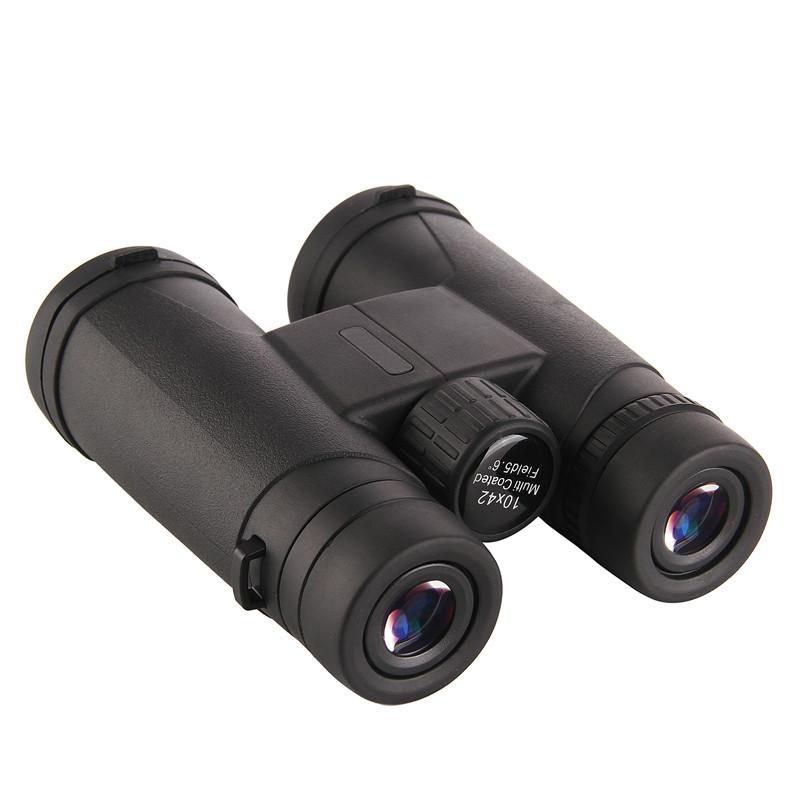
Image quality is influenced by several factors, including lens coatings, prism type, and optical design. Look for binoculars with fully multi-coated lenses, which reduce glare and improve light transmission. The type of prism used also affects image quality. Roof prisms are more compact and durable, while Porro prisms generally offer better depth perception and a wider field of view.
4. Eye Relief
Eye relief is the distance between your eyes and the eyepiece while still seeing the full field of view. This is particularly important for eyeglass wearers. Binoculars with an eye relief of at least 15mm are recommended for comfortable viewing.
5. Weight and Ergonomics
Since birding often involves long periods of holding binoculars, weight and ergonomics are crucial. Lightweight binoculars are easier to carry and use for extended periods. Additionally, consider the grip and balance of the binoculars to ensure they are comfortable to hold.
Top Binocular Models for Birding
1. Nikon Monarch 5 8x42
The Nikon Monarch 5 8x42 is a popular choice among birders due to its excellent image quality, durability, and affordability. It features fully multi-coated lenses and ED (Extra-low Dispersion) glass, which provide bright, clear images with minimal chromatic aberration. The 8x magnification and 42mm objective lens offer a good balance of power and brightness, while the 330 feet FOV at 1,000 yards makes it easy to track birds in flight. The Monarch 5 is also lightweight and has a comfortable grip, making it ideal for extended use.
2. Vortex Viper HD 10x42
The Vortex Viper HD 10x42 is known for its high-definition optics and rugged construction. It features HD (High Density) extra-low dispersion glass and XR anti-reflective coatings, which deliver sharp, bright images with excellent color fidelity. The 10x magnification provides detailed views of distant birds, while the 42mm objective lens ensures good light transmission. The Viper HD has a 319 feet FOV at 1,000 yards and offers 16.5mm of eye relief, making it suitable for eyeglass wearers. Its durable, rubber-armored body is both waterproof and fog-proof, ensuring reliable performance in various weather conditions.
3. Zeiss Conquest HD 8x42
The Zeiss Conquest HD 8x42 is a premium option for serious birders. It features HD lens system and LotuTec coatings, which provide exceptional image clarity, brightness, and color accuracy. The 8x magnification and 42mm objective lens offer a wide FOV of 384 feet at 1,000 yards, making it easy to spot and follow birds. The Conquest HD is also lightweight and ergonomically designed for comfortable use. Its robust construction is waterproof and fog-proof, ensuring durability in the field.
4. Swarovski EL 8.5x42
The Swarovski EL 8.5x42 is considered one of the best binoculars for birding, offering unparalleled optical performance and build quality. It features Swarovision technology, which includes field flattener lenses, HD optics, and optimized coatings for razor-sharp, high-contrast images with true-to-life colors. The 8.5x magnification and 42mm objective lens provide a wide FOV of 399 feet at 1,000 yards. The EL series is known for its ergonomic design, with a comfortable grip and balanced weight distribution. It is also waterproof and fog-proof, making it a reliable choice for any birding adventure.
Practical Tips for Using Binoculars in Birding
1. Adjust the Diopter
Most binoculars have a diopter adjustment to compensate for differences in vision between your two eyes. To adjust the diopter, close your right eye and focus on a distant object using the central focus wheel. Then, close your left eye and use the diopter adjustment to focus the same object with your right eye. This ensures both eyes are in focus when using the binoculars.
2. Use a Harness or Strap
A binocular harness or strap can distribute the weight of the binoculars evenly across your shoulders, reducing neck strain and making it more comfortable to carry them for extended periods. A harness also keeps the binoculars close to your body, preventing them from swinging and getting in the way.
3. Practice Steadying Techniques
Holding binoculars steady is crucial for clear, sharp images. To minimize shake, hold the binoculars with both hands, keeping your elbows close to your body. You can also brace yourself against a tree or use a monopod or tripod for added stability, especially when using higher magnification binoculars.
4. Clean and Maintain Your Binoculars
Regularly clean the lenses with a soft, lint-free cloth and lens cleaning solution to maintain optimal image quality. Avoid touching the lenses with your fingers, as oils and dirt can degrade the image. Store your binoculars in a protective case when not in use to prevent damage.
Choosing the best binoculars for birding involves considering factors such as magnification, objective lens diameter, field of view, image quality, eye relief, weight, and ergonomics. The Nikon Monarch 5 8x42, Vortex Viper HD 10x42, Zeiss Conquest HD 8x42, and Swarovski EL 8.5x42 are all excellent options that cater to different preferences and budgets. By understanding these key factors and following practical tips for using and maintaining your binoculars, you can enhance your birding experience and enjoy the beauty of avian wildlife to the fullest.




